
THE XERCES SOCIETY FOR INVERTEBRATE CONSERVATION Aquatic Invertebrates in Pacific Northwest Freshwater Wetlands |
| Identify taxa |
Gammarus (family Gammaridae) |
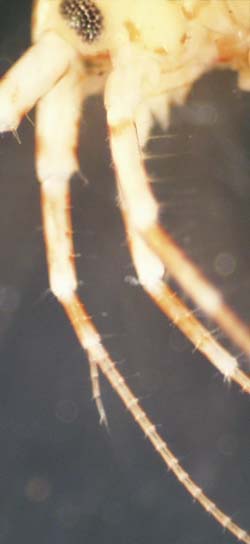 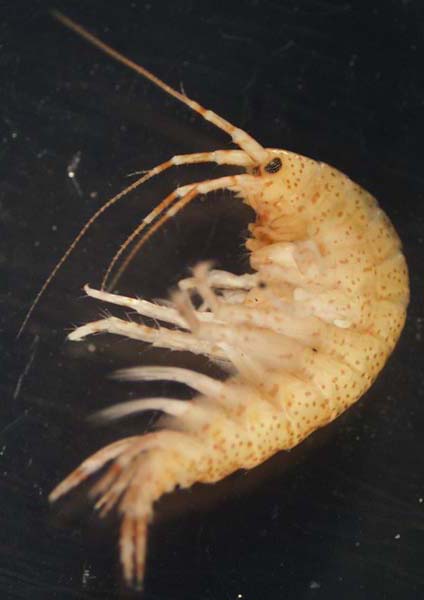 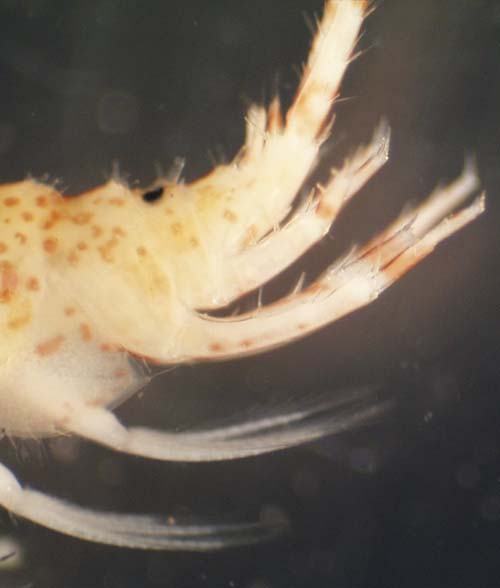 |
||
| Crangonyx (family Crangonyctidae) Eyes usually present; if present, the extra filament that sticks out near the base of the first antennae is never more than 2 segments; the plate on the hind end is M shaped with a split in the middle; split never goes all the way to the bottom |
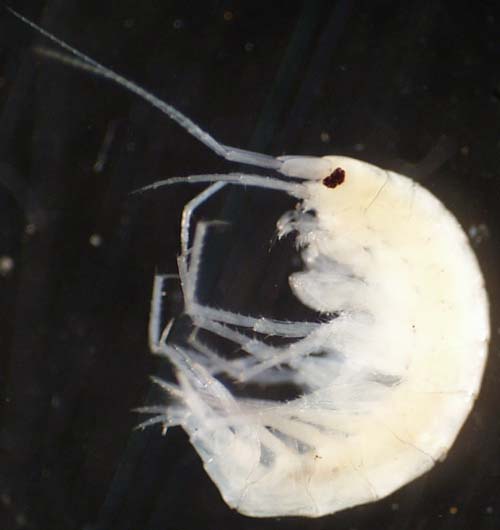 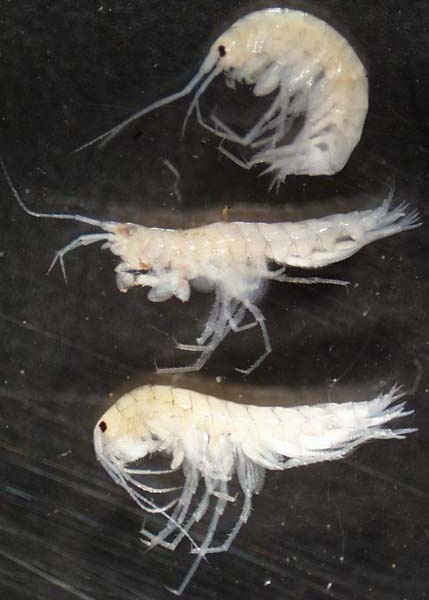 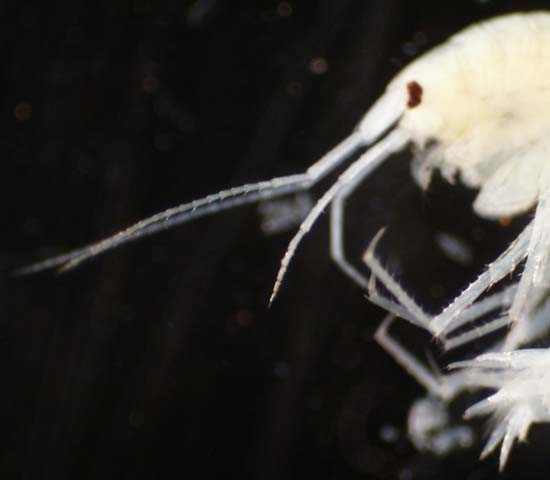 |
||
© 2007 Xerces Society
Contact info@xerces.org